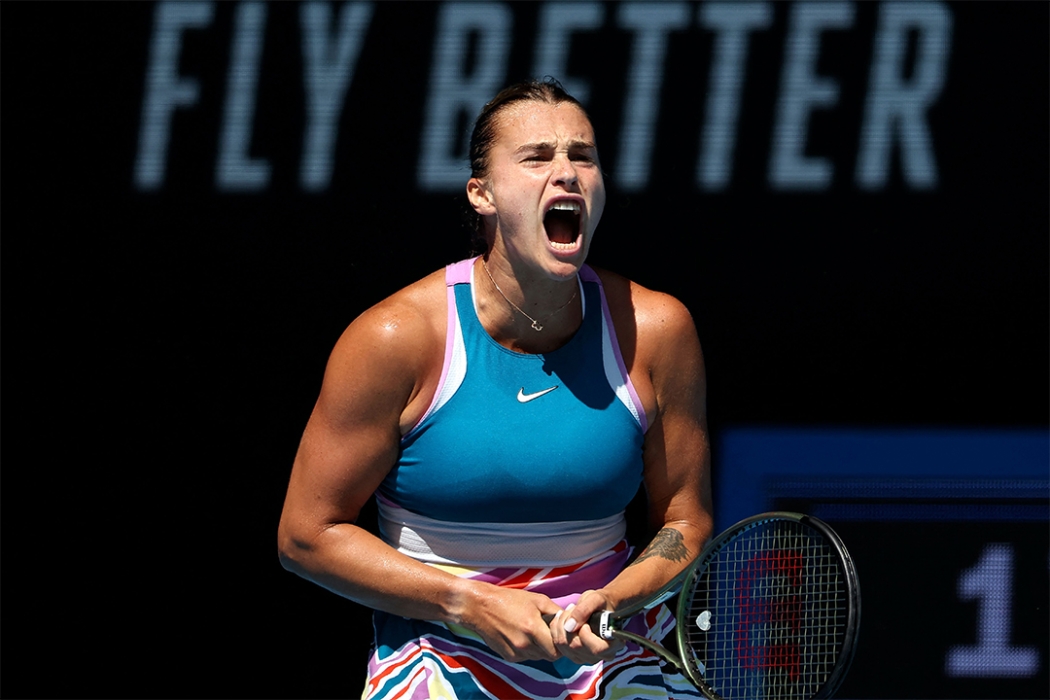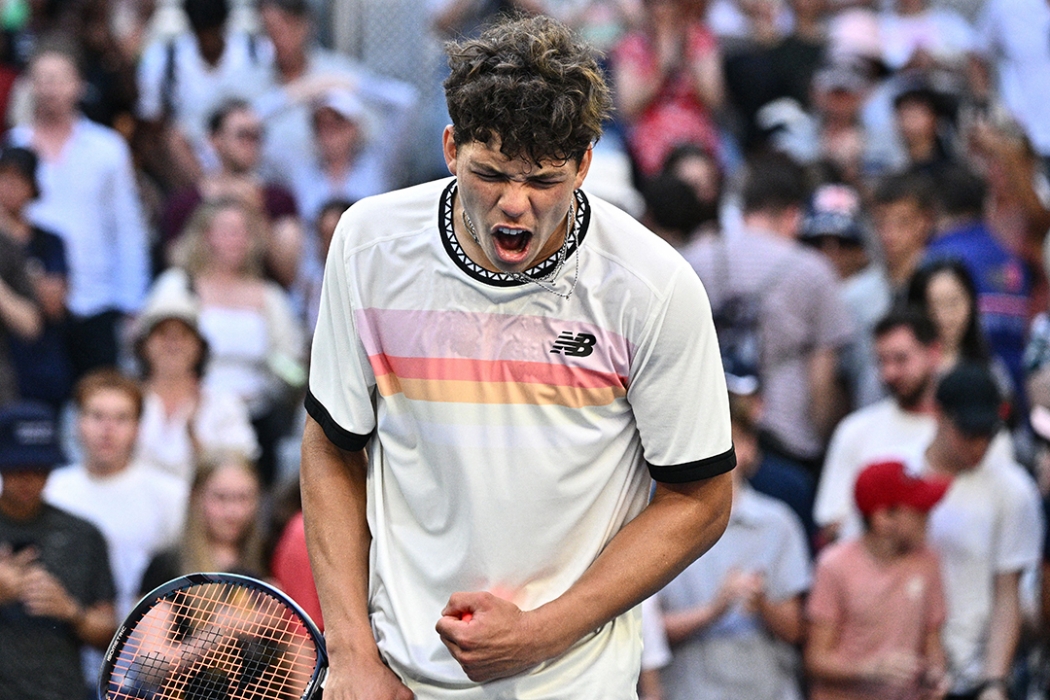Players and their coaching teams have a plethora of stats and numbers at their disposal, helping to gain that extra edge on court.
So when we look at those numbers, who is leading the charge when it comes to stroke production and performance in match situations?
MORE: Australian Open 2023 event stats
Ahead of the Australian Open 2023 quarterfinals, we take a deep dive into the numbers…
Winners
We all enjoy seeing a winner being pinged across the net.
So we've relished watching fifth seed Aryna Sabalenka, who has the tournament-leading 125, and Andrey Rublev, who has connected with 202 scorching winners.
Rublev's tally is 40 more than any of his rivals.
How about heading to net? Sabalenka comes out on top again, with a 78 per cent success rate.
On the men's side, nine-time champion Novak Djokovic has canvassed the net 102 times, with 81 per cent of points going his way.
Serving
Elena Rybakina is a standout candidate here on the women's side.
The Wimbledon winner finds half of her first serves are unreturned and has won 82 per cent of first serves points.
Talk about dominance.
The Kazakh has also rocketed down the women's fastest serve of the tournament at 195 km/h, a speed she attained during her first round match.
Ben Shelton is the fastest server of the men's event so far, having sling-shotted a 228km/h serve in his opening-round match.
Australian Open debutant Shelton shares the highest aces count on 61, alongside Karen Khachanov, and tops plenty of other serving categories.
These include first serve points won (83 per cent) and service games won (95 per cent, a rate Djokovic has equalled).
Break points
Sabalenka is leading by example with 92 per cent of service games won, helping the world No.5 fend off 77 per cent of break points throughout the tournament so far.
Sabalenka has only offered up 13 chances to opponents, while Karolina Pliskova has been even more stingy, giving opponents just seven break points this fortnight.
Stefanos Tsitsipas has been particularly clutch at Melbourne Park so far, saving 85 per cent of break points faced (35/41), while converting 53 per cent of his own break-point chances.
Return
Return winners certainly send out a signal of intent.
And maiden major quarterfinalist Tommy Paul has struck 14, with Sabalenka also going on the attack with 22.
Applying pressure with return games won has been achieved by Jessica Pegula, who has won 64 per cent of hers.
On the men's side, Djokovic's trademark laser-beam replies have helped him so far win 43 per cent of return games.
There is a fascinating mix of players thriving in these statistical categories.
Who can continue to utilise these strengths, and possible have their say in the trophy showdowns this weekend?



